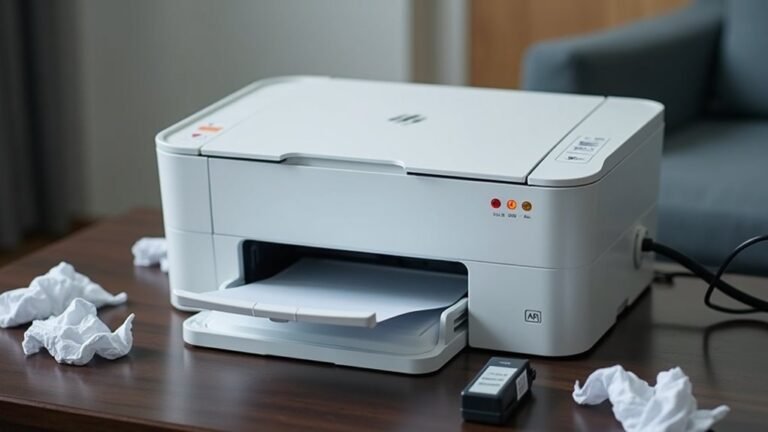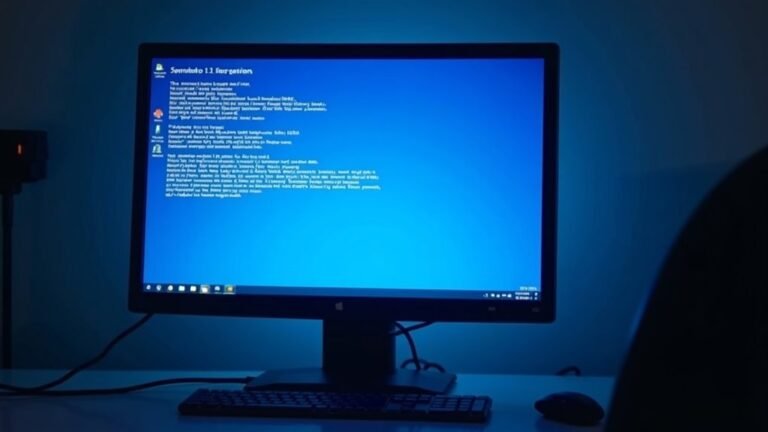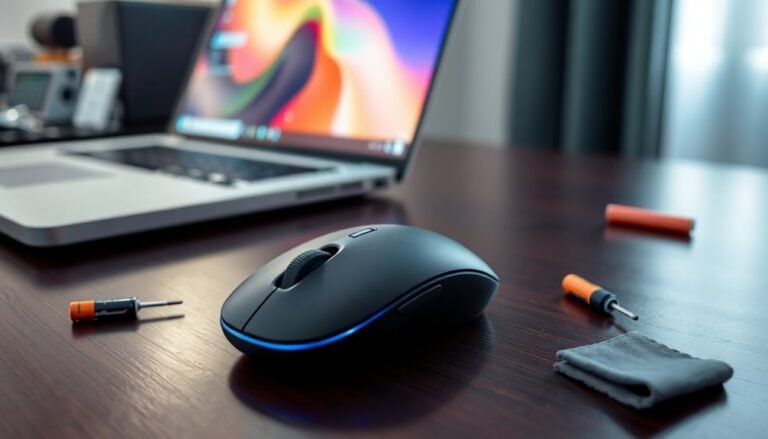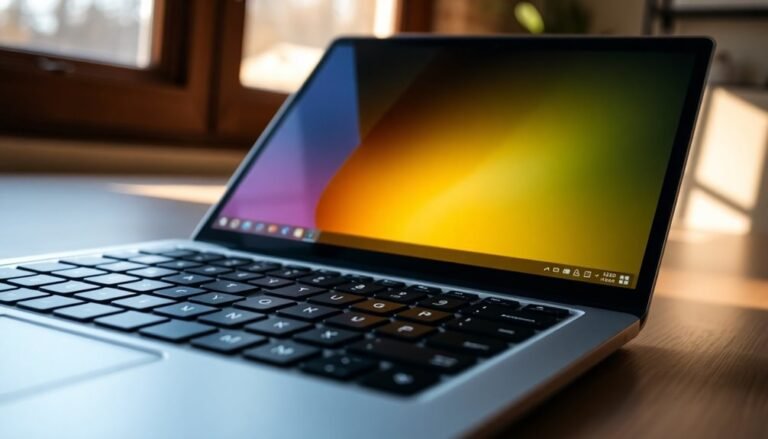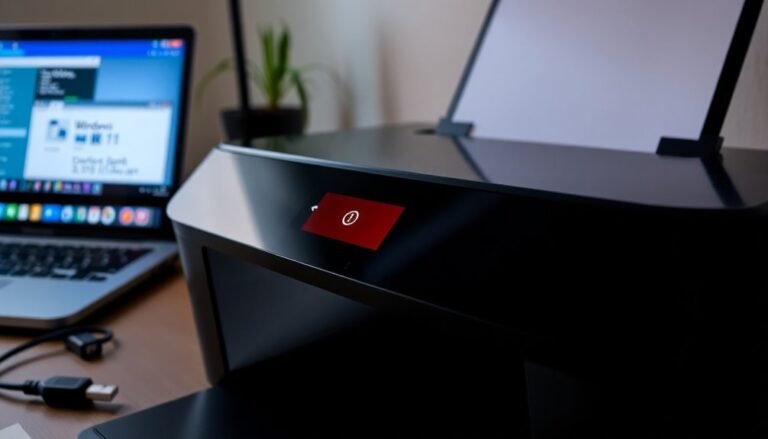Speed Up Windows Startup: General Startup Optimization Guide
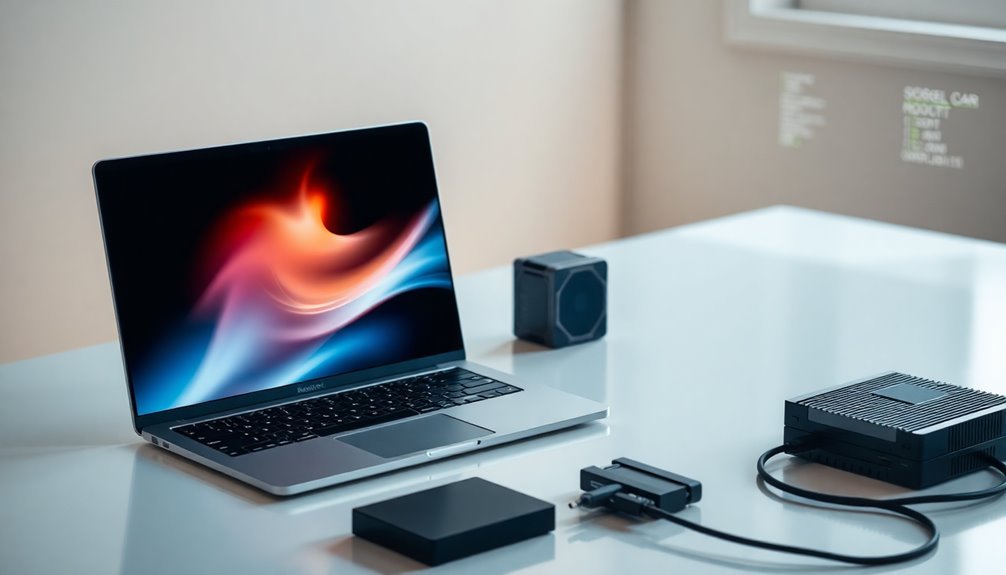
To speed up your Windows startup, begin by enabling Fast Startup in Power Settings for quicker boots. This feature helps reduce the time your PC takes to start.
Next, disable unnecessary startup programs via Task Manager or the Startup settings. Removing these can significantly improve boot times.
Adjust visual effects for best performance to reduce system load during startup. Keeping your hardware—especially SSDs and drivers—up to date also enhances speed.
Consider upgrading to an SSD and increasing RAM if possible. These hardware improvements provide a noticeable boost in startup and overall system performance.
Regularly maintain your system with malware scans and remove unneeded software. This helps prevent slowdowns caused by malicious or excessive programs.
For troubleshooting persistent delays, advanced tweaks and troubleshooting tips can offer even more improvement. Exploring these options can help you achieve the fastest startup possible.
Fast Startup and Power Settings Optimization
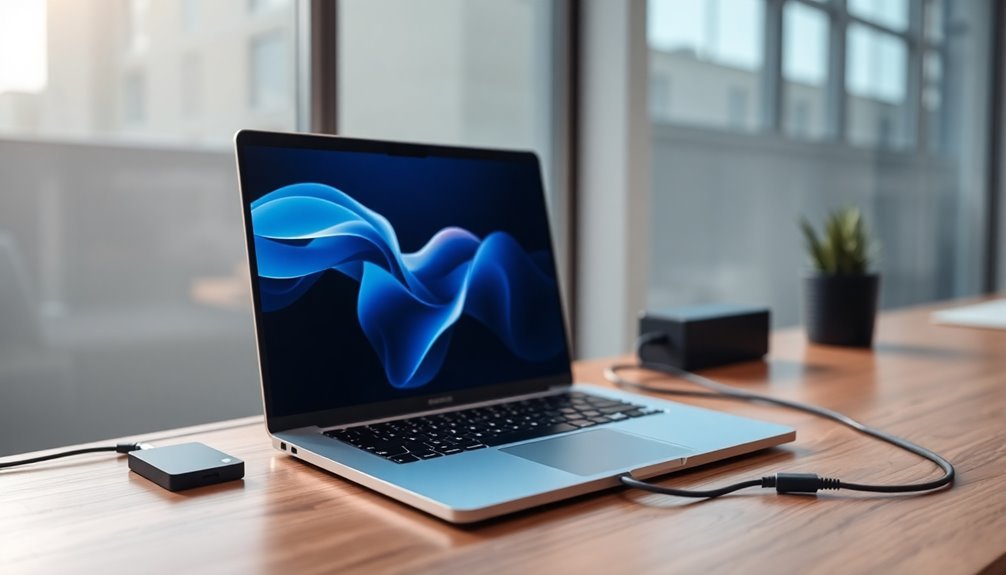
How to Speed Up Windows Startup with Fast Startup and Power Settings
If you want to speed up your Windows startup, understanding Fast Startup and power settings is crucial for effective optimization. Fast Startup is a Windows feature that combines shutdown and hibernation by saving the Windows kernel state and driver information to the hibernation file (hiberfil.sys) during shutdown.
When you boot your PC next time, Windows loads this saved state, skipping the slower full device and driver initialization. This helps you reach the login screen faster and improves overall boot time. Note that Fast Startup doesn’t save user sessions or open applications, so you always start with a fresh system. Fast Startup can significantly reduce startup times for users, but it may introduce challenges for some setups.
To enable or disable Fast Startup on Windows 10 or Windows 11, follow these steps: Open Control Panel, go to Power Options, then click on “Choose what the power buttons do.”
Next, select “Change settings that are currently unavailable,” and check or uncheck the option “Turn on fast startup.” Disabling Fast Startup can resolve issues with Windows updates, device drivers, or dual-boot systems.
Keep in mind that Fast Startup changes apply only after a full shutdown and restart, not just a reboot.
For the best Windows performance, also optimize your power settings by selecting a balanced or high-performance power plan. Adjusting these settings can further improve startup speed and system responsiveness.
Managing Startup Applications and Processes
Managing startup applications and processes is essential for reducing boot times and improving Windows system performance. To optimize your PC, start by opening Task Manager and navigating to the Startup tab. Here, you can view all programs that launch during startup, their impact on boot time, and easily disable unnecessary high-impact apps that slow down your system.
Additionally, use the Windows Settings app by going to Apps > Startup for a user-friendly toggle interface to manage startup programs efficiently. Not all startup programs appear in Task Manager; some may be managed through the Registry Editor or the Task Scheduler, requiring you to check these areas if you notice unlisted apps launching at startup.
For applications not visible in Task Manager or Settings, check the Startup Folder by typing `shell:startup` in the Run dialog to add or remove shortcuts. If you encounter persistent or hidden startup items, carefully use the Registry Editor to inspect entries under the `Run` keys, but be cautious—incorrect edits can cause system instability.
Regularly cleaning up startup entries, especially after installing new software, helps maintain optimal boot speed and overall PC performance. Implementing these startup management tips will ensure a faster, more efficient Windows startup experience.
Fine-Tuning Visual and System Settings
Optimize Windows Performance by Fine-Tuning Visual and System Settings
Windows features a visually appealing interface, but many graphical effects and system settings can slow down startup and overall system performance, especially on low-end hardware. To boost your PC speed, adjust these settings for best performance.
Start by navigating to System > Advanced system settings > Performance Settings. Here, select “Adjust for best performance” to disable most animations, shadows, and smooth font edges. This reduces graphical processing load and helps speed up boot times. For improved readability, keep “Smooth edges of screen fonts” enabled.
Next, disable transparency and animation effects to further enhance performance. Go to Settings > Accessibility (or Ease of Access) and toggle off Transparency and Animations. Additionally, turning off scroll bar and menu animations minimizes startup lag and visual stutter.
To prevent audio delays during boot, set your sound scheme to “No Sounds” by opening Control Panel > Sound > Sounds tab.
Lastly, improve system startup smoothness by setting processor scheduling to “Background services” under Performance Options > Advanced.
Hardware Upgrades for Faster Boot Times
Boost Your PC’s Boot Speed with These Essential Hardware Upgrades
To achieve significantly faster boot times, prioritize key hardware upgrades over software tweaks. Start by swapping your traditional hard drive (HDD) for a high-performance solid-state drive (SSD). Even an entry-level SATA SSD drastically outperforms HDDs, but for blazing-fast boot speeds, choose an NVMe SSD such as the Western Digital WD Blue SN550 or Black SN850, which offer read speeds up to 7000MB/s.
For best results, install your NVMe SSD in an M.2 slot on a motherboard that supports PCIe 4.0 or PCIe 5.0 standards.
Upgrading your system RAM to at least 8GB—ideally 16GB—also plays a crucial role in speeding up boot times by minimizing disk swapping and accelerating the loading of background services. Opt for dual-channel, high-frequency DDR4 or DDR5 RAM to maximize memory bandwidth and system responsiveness.
A modern multi-core CPU enhances boot speed by loading services in parallel and supporting fast boot states. Don’t forget to update your BIOS or UEFI firmware to enable performance features like Fast Boot and native NVMe drive support.
Additionally, keep your SSD firmware up to date for optimal reliability and speed. Configure BIOS settings to skip unnecessary hardware scans during startup—this simple adjustment can significantly reduce boot delays and improve overall efficiency.
Implementing these hardware upgrades will dramatically reduce your PC’s boot time and enhance your computing experience.
Keeping Windows and Drivers Updated
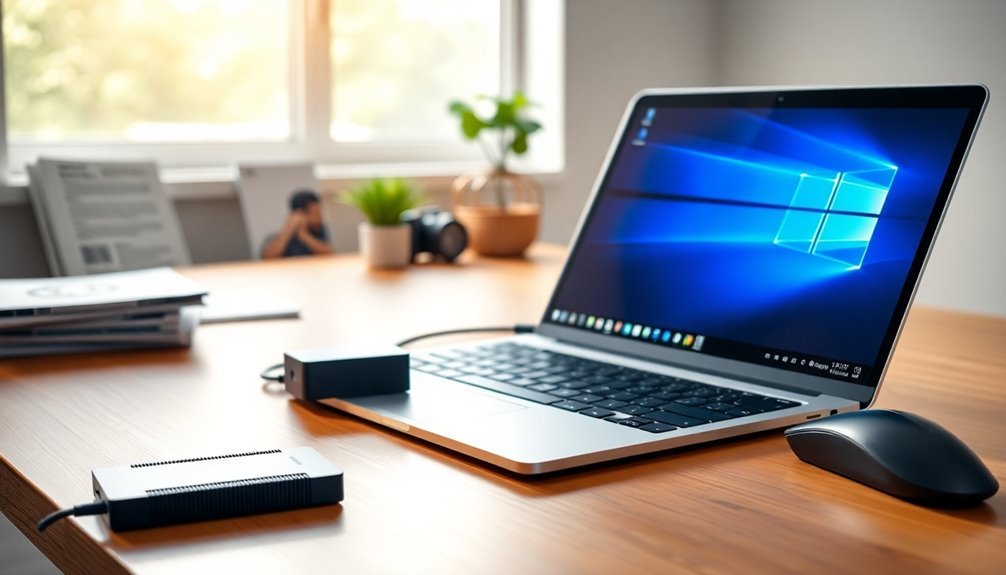
How to Keep Windows and Drivers Updated for Faster Startup Performance
Keeping Windows and its drivers up to date is crucial for achieving fast and reliable startup times on your PC. Regular Windows updates deliver essential security patches and stability improvements that help reduce boot errors and protect your system from threats that can slow down or disrupt the startup process.
Additionally, these updates improve hardware compatibility and often include performance enhancements, ensuring your computer boots smoothly with new devices or after hardware upgrades.
Windows 10 and newer versions automatically manage updates by default, but it’s important to review your update settings. Set active hours to avoid unexpected restarts during work or gaming sessions.
Always allow updates to fully install and complete restarts, as pending updates can delay startup optimizations. For best results, regularly check Device Manager or your hardware manufacturer’s website for the latest driver updates, since outdated drivers are a common cause of slow boot times and startup errors.
If your PC starts up slower after installing updates, review the update history to identify failed installations or incompatible drivers, and roll back updates if necessary. Staying current with Windows and driver updates minimizes system conflicts and maximizes startup speed and overall PC performance.
Optimize your Windows startup by making update management a priority—regular updates ensure a secure, stable, and fast boot every time.
Essential System Maintenance for Startup Performance
Essential System Maintenance Tips to Boost Startup Speed and Improve PC Performance
To achieve consistently fast startup times and enhance overall PC performance, it’s crucial to perform essential system maintenance that targets common causes of boot delays. Start by managing startup programs: open Task Manager or MSConfig to disable unnecessary startup items that slow down your computer.
Too many startup processes can cause your PC to take over 10 minutes to boot. Automation tools like System Mechanic’s Startup Optimizer are effective for controlling startup bloat and speeding up boot times.
Next, optimize visual effects by setting your system to “Best performance” in System Properties. This minimizes resource-heavy animations and shadows, helping your PC boot faster. Additionally, disable transparency effects for an extra performance boost.
Regularly run malware scans using Microsoft Defender Antivirus offline mode, and keep virus definitions updated to protect your system from threats that can degrade startup speed.
Enabling System Restore and creating restore points before major updates ensures you can recover quickly from problematic changes.
Finally, optimize Windows performance settings by enabling Fast Startup, configuring Storage Sense, and selecting a High-performance power plan. These adjustments contribute to faster, more reliable boots and improved overall system responsiveness.
Troubleshooting and Advanced Startup Settings
Troubleshooting Windows Startup Issues: Advanced Startup Settings and Optimization Tips
After applying essential PC maintenance to improve your Windows startup speed, you might still face persistent boot delays or errors. To fix these issues, access Windows Advanced Startup Settings for effective troubleshooting.
Use Safe Mode to start Windows with only essential drivers and services, helping you identify problematic drivers or software causing slow boots. If you require internet access during troubleshooting, choose Safe Mode with Networking.
For a detailed diagnosis, enable boot logging to create an ntbtlog.txt file, which helps you track drivers that slow down or prevent startup. IT professionals can utilize Debugging Mode for advanced system analysis and error resolution.
Manage startup programs easily by navigating to Settings > Apps > Startup or by modifying shortcuts in the shell:startup folders. Disable high-impact startup applications to speed up boot times significantly.
For stubborn startup problems, clear the Windows prefetch data, tweak registry keys related to device initialization, or disable startup delays—always ensure you back up the registry before making changes.
To capture error messages, disable automatic restart on system failure. If the Windows graphical interface is unavailable, use Safe Mode with Command Prompt to perform command-line repairs and diagnostics.
Implement these advanced troubleshooting and startup optimization techniques to enhance your Windows boot performance and resolve startup issues efficiently.
Frequently Asked Questions
Does Dual-Booting With Another OS Affect Windows Startup Speed?
Dual-booting with another OS doesn’t directly slow Windows startup. You might notice a brief delay from the bootloader menu, but overall speed relies on hardware and disk space. Manage disk space and bootloader settings to avoid issues.
Can Antivirus Software Slow Down Windows Boot Time?
Yes, antivirus software can slow down Windows boot time because it loads services and scans files during startup. You can mitigate this by delaying scans, scheduling them for idle times, and keeping your antivirus software updated for peak performance.
How Does Disk Encryption Impact Startup Performance?
Think disk encryption is just a harmless security blanket? Surprise! You’ll watch your boot time crawl as your system decrypts data. If you must encrypt, enable hardware encryption or optimize power settings to minimize the sluggish startup penalty.
Will a Large Number of User Accounts Delay Windows Startup?
A large number of user accounts won’t delay Windows startup if only one user logs in. However, if you leave multiple accounts logged in or enable background tasks, you’ll see slower performance due to extra active processes.
Does Network Connectivity Influence Windows Boot Times?
Imagine your PC waiting for a green light—yes, network connectivity can delay Windows boot times. You should check network cables, adapter drivers, and authentication settings to troubleshoot, since network issues often cause those frustrating startup stalls or hangs.
Conclusion
Don’t worry if making these changes feels overwhelming—imagine your PC booting up in seconds, ready for work or play. With each tweak, from trimming startup apps to optimizing power settings, you’re cutting down wasted time and frustration. Following these steps won’t harm your system—Windows is designed for customization and maintenance. Stay proactive, and you’ll notice quicker startups and smoother performance every day. If issues pop up, just revisit these troubleshooting tips for fast fixes.
